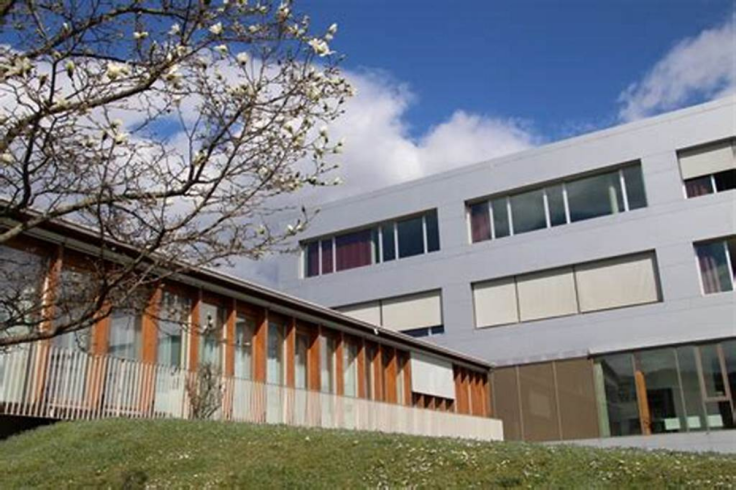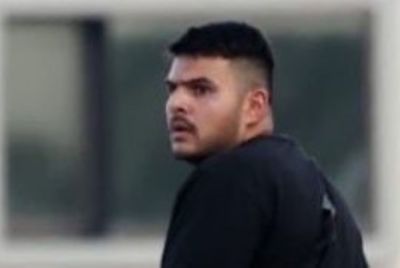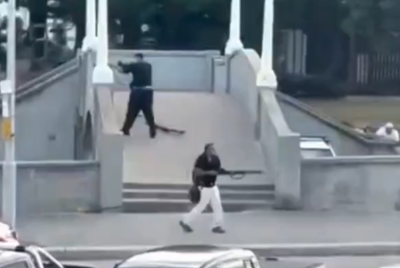Bullied pupil kills self after shooting rampage in Austria
The bullied ex-student methodically, with his two firearms, shot up two different classrooms and later died by suicide in the school bathroom.

A horrendous school shooting has shaken the calm of Graz, Austria's second largest city, as a 21-year-old ex-student described by police as a bullied boy opened fire at BORG Dreierschuetzengasse High School on Tuesday morning, killing ten and wounding 12 others in what officials are calling the deadliest school attack in the country's history.
The bullied ex-student methodically, with his two firearms, shot up two different classrooms and later died by suicide in the school's bathroom.
The perpetrator, whose identity remains protected pending family notifications, had no prior criminal history and possessed his weapons through legal channels—a detail that will likely intensify debates about firearms accessibility even in countries with traditionally strict gun control measures.
The Austrian Interior Minister Gerhard Karner confirmed the shocking death toll of female and male students aged between 15 and 18 who died during the 10 AM bloodbath that left the alpine republic reeling.
Entire City Mobilised for Emergency Response
The magnitude of the catastrophe warranted an elaborate response, with 158 paramedics, 31 specialist crisis intervention personnel, and 65 emergency vehicles responding to the scene. Within hours of the first emergency calls, the Austrian Federal Police Cobra tactical unit, who typically respond to counter-terrorism operations or hostage situations, had secured the scene.
Local hospitals triggered disaster protocols as casualties overwhelmed two separate wards, according to reports from Reuters and Austrian newspaper Krone. The nearby Helmut List hall, ordinarily used for cultural events, was transformed into a makeshift treatment centre for the wounded, illustrating the community's immediate mobilisation in the face of unprecedented violence.
Nation Prepares for Period of Collective Mourning
Austrian Chancellor Christian Stocker has declared three days of national mourning, recognising the profound impact this tragedy will have on Austria's collective psyche. The decision reflects not merely protocol but genuine national trauma, as school shootings remain extraordinarily rare in Austria compared to other Western nations.
As Austria grapples with its first major school shooting, difficult questions are emerging about whether warning signs were missed and how a troubled former pupil managed to plan and execute such a devastating attack. The fact that he was able to enter the building and move between classrooms will likely prompt comprehensive security reviews across Austrian educational institutions.
The tragedy serves as a stark reminder that even nations with robust social safety nets and relatively low crime rates remain vulnerable to acts of extreme violence, particularly when they intersect with issues of youth mental health, social isolation, and access to lethal weapons.
Austria's educational community now faces the enormous challenge of healing while simultaneously examining how to prevent similar tragedies from occurring in a country where school violence had previously been almost unthinkable.
Community Rallies Around Survivors and Bereaved Families
Parents who spent agonising hours waiting for news of their children's safety were eventually reunited with survivors, though the psychological scars of Tuesday's events will undoubtedly persist far beyond the immediate aftermath.
Social media footage captured the chaotic scenes as emergency helicopters circled overhead and armed police cordoned off the educational facility that had, moments earlier, been filled with students preparing for ordinary Tuesday lessons.
The targeting of two separate classrooms suggests a calculated approach rather than random violence, though investigators have yet to release details about potential motives beyond the reported history of bullying experienced by the perpetrator during his time as a student at the institution.
© Copyright IBTimes 2025. All rights reserved.






















